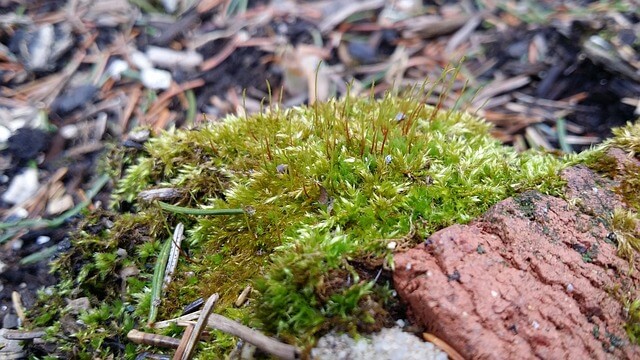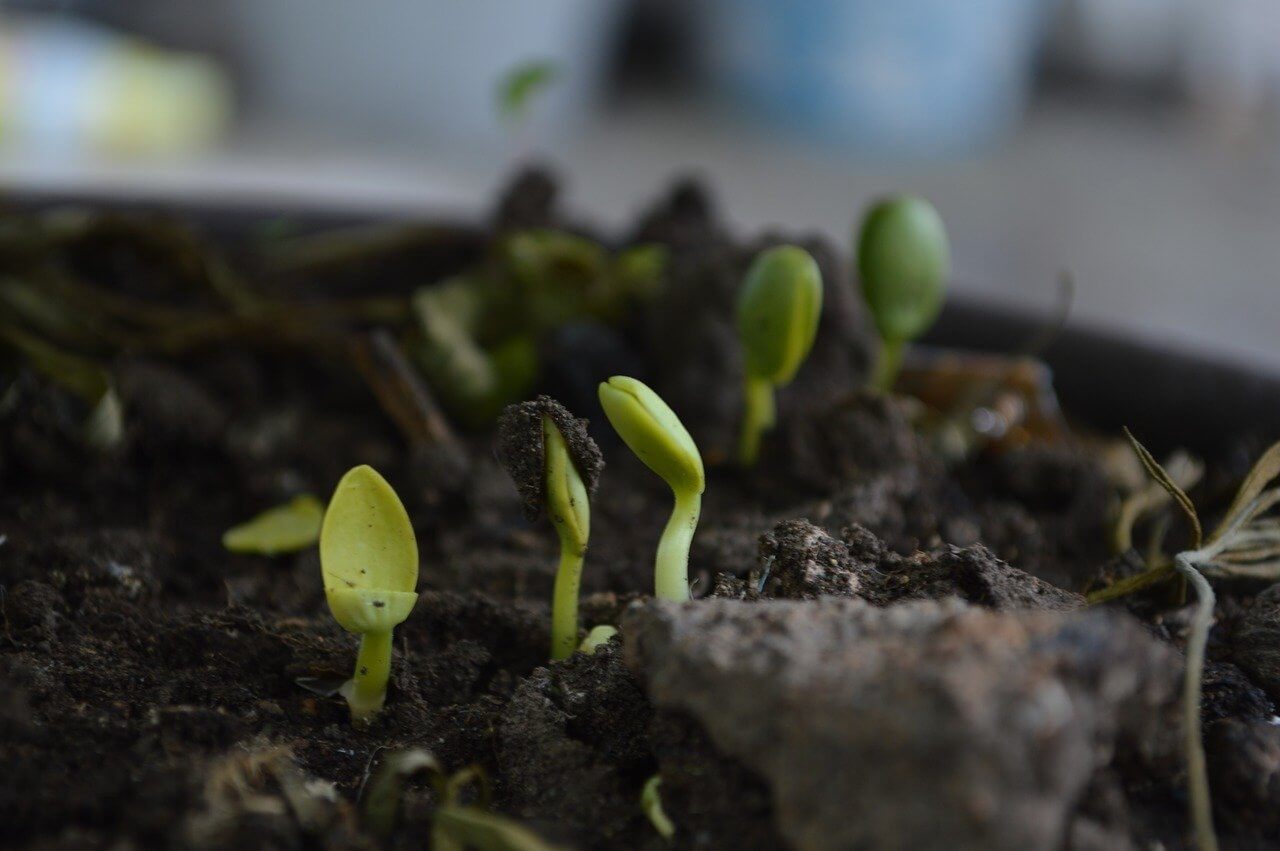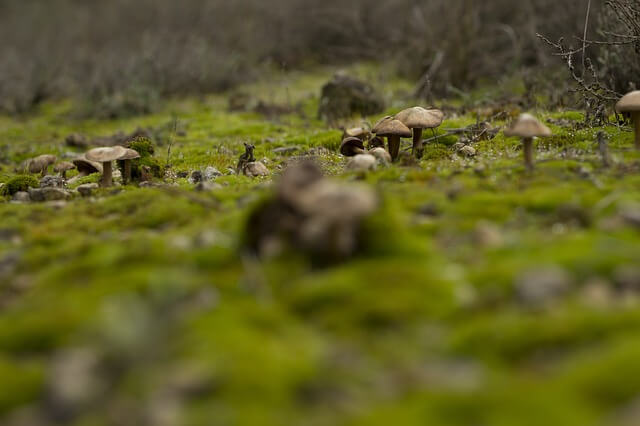Why is the moisture necessary in the soil? How can we control the moisture, the methods and importance.
One of the biggest problems that a farmer has is how to provide growing plants with the proper amount of moisture. Without water, the most fertile soil is useless for farming. Each day that an average crop is growing actively, its roots must get from an acre of soil 6 tons or more of water! Of course, most of this water evaporates from the leaves. But without enough water, the plants quickly die. Yet too much water in the soil is also bad for growing plants. The water fills the tiny spaces between the particles of soil, driving out the air that the roots of most plants need. If the water stays there too long, the plants slowly die. Clay soil cultivated when it is wet becomes very hard when it dries. Then a farmer has a great deal of trouble breaking it up into fine particles in which plants grow best. Also, wet soil often becomes too sour, or acid, for plants to grow well.

Source : pixabay.com
Soil that is neither too wet nor too dry is best for farming.
Have you ever noticed how a thin layer of moisture clings to a rubber ball that has been dropped into water? This layer of moisture is held there by the force of adhesion, which makes one material stick to another. When soil contains the proper amount of water, it is somewhat like many tiny, damp rubber balls very close together. Where the moist particles of soil touch each other, the thin layer of moisture makes them stick together a little. So there is some moistare all through the soil, and yet there are spaces left between its particles. The moisture around the soil particles provides the plant roots with enough water, while the spaces in between the particles let the roots and the soil bacteria have plenty of air.
Of course, you know that gravity makes rain I and snow fall to the earth. Then, because of gravity, water from the rain and the melted snow sinks into the soil or flows downhill off sloping ground. Water runs rapidly downward through sandy soil, but through clay soil it moves very slowly. Through loam the speed of water is somewhere in between. As the water is pulled downward through the soil, a thin layer of moisture is left around each soil particle. What happens to the rest of the water? It keeps on going down until it comes to rock or tightly packed soil through which it cannot pass. Since the water can go no farther, it gathers in the spaces between the particles of soil or rock above. When these spaces are filled with water, the soil is saturated. The top of this saturated soil or rock is called the water table.

Source : pixabay.com
Plant roots soon use up the thin layer of moisture around the nearby soil particles. When this moisture is gone, water moves upward and sideways by capillary action from the saturated soil below the water table. The tiny spaces between the soil particles act like capillary tubes. Through these spaces water that has gone down below the plant roots can move back upward for several feet into the drier soil around the roots. The smaller the spaces are between the soil particles, the higher the water can rise. In very large spaces, the water can hardly rise at all.
The best places on the earth to grow crops are regions that have fertile soil, proper temperatures, and enough rainfall every year but not too much at any one time.
But, in many places, the amount of water needed by growing plants cannot be supplied by rainfall alone. Very often, huge areas of fertile soil need only enough water to make good crops grow there. Less than 10 inches of rain fall on these areas every year. But near much of this land are great rivers with plenty of water. So people have found ways to irrigate dry but fertile soil with water from many of these rivers.
Irrigation has changed vast deserts into rich farm lands. In our own country, more than 20 million acres of otherwise dry soil have been irrigated and now produce valuable crops. Dams are built across rivers to hold back the water and form artificial lakes. Then water from these lakes behind the dams is brought through canals, tunnels, and ditches to the soil where crops are grown. Each farmer digs small ditches to carry water to his rows of plants. The water runs between the rows and sinks through the soil to the plant roots.

Source : pixabay.com
Where the rainfall is between 10 and 20 inches a year, crops can be grown without irrigation. However, the farmers must carefully save every bit of rain that falls. The plan that they use is called dry farming. The topsoil is well cultivated so that it is kept loose and broken up. The large spaces in this loose upper soil absorb rain rapidly. They also keep capillary action from bringing much moisture back up to the surface, where it quickly evaporates. So most of the rain that falls on the soil is saved for the crop plants. In dry farming, the fields are sometimes allowed to lie idle, or fallow, every other year or one year out of each three or four. During the years when no crops are planted, the soil is kept well cultivated. So it collects and stores water for other years when crops are grown.
In some places, the soil is too wet for crops to grow well.
Either the water cannot drain out of the soil, or it drains away so slowly that the farmers cannot plant their crops early enough in the spring. Some farmers dig open ditches to let the water drain off quickly after a rain. A better though more expensive way to drain water from the soil is to bury tile pipes in the ground. Water from the soil seeps into the pipes through joints between them. Then it runs through the pipes into a larger pipe, a drainage ditch, or a stream. Wet clay soil that is quite useless often becomes good farm land when it is drained. Good drainage also helps improve sour, or acid, soil by letting rain water carry away the acids that are always being formed by plant roots or decaying plant and animal materials.
There are various ways in which we can conserve the soil by preventing erosion. True conservation means using things wisely. We are helping to conserve the soil whenever we make better use of it. Keeping the soil fertile and controlling the moisture in it are both important parts of soil conservation, because each one improves the soil that we now have.